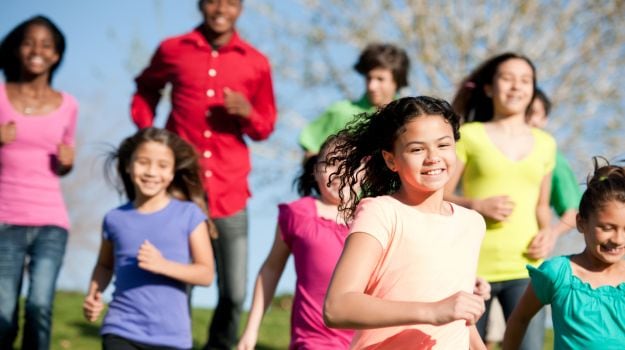"The prevailing view among policy makers and health professionals is that physical activity levels during childhood are adequate, but fall sharply during adolescence, and that the decline is significantly greater among girls,'' said the study published online in the British Journal of Sports Medicine
The findings revealed that total volume of physical activity fell from the age of 7 onwards in both boys and girls, shadowing the same decline trends as in adolescence. However, patterns of decline differed for boys and girls.
Three different patterns of decline were identified among the young girls: low levels of physical activity which slowly declined from the age of 7 (19%); moderate levels that gradually gives way from the age of 7 (62%); and high initial levels which fell sharply from the age of 7 onwards (19%).

For the boys, four distinct patterns emerged. Low levels that slowly withered from the age of 7, 3% of the sample fell into the category. Next pattern was that of initially high but rapidly declining levels from the age of 7, 17% of the boys showed the signs. Next was moderate levels of decline that gradually tailed off from the age of 7, constituting 61% of the sample. And finally, stable levels of moderate to vigorous physical activity throughout which rounded up to 19 % of the sample.
For the study, physical activity levels of around 400 children taking part in the Gateshead Millennium Cohort Study in North East England over a period of eight years (2006-15) was analysed. The levels were measures when the children were 7, 9, 12 and 15 years old, with the help of a small lightweight portable monitor that was worn for seven days at a time. The monitor recorded activity for 15 second intervals. The monitor was removed only at night, and for bathing or swimming.
Admitting that these findings can't be generalized, and different countries may have different result said that these findings are still alarming and calls for an intensive research." The study questions the concept of the adolescent girl as a priority for research and policy efforts in physical activity," it said.









